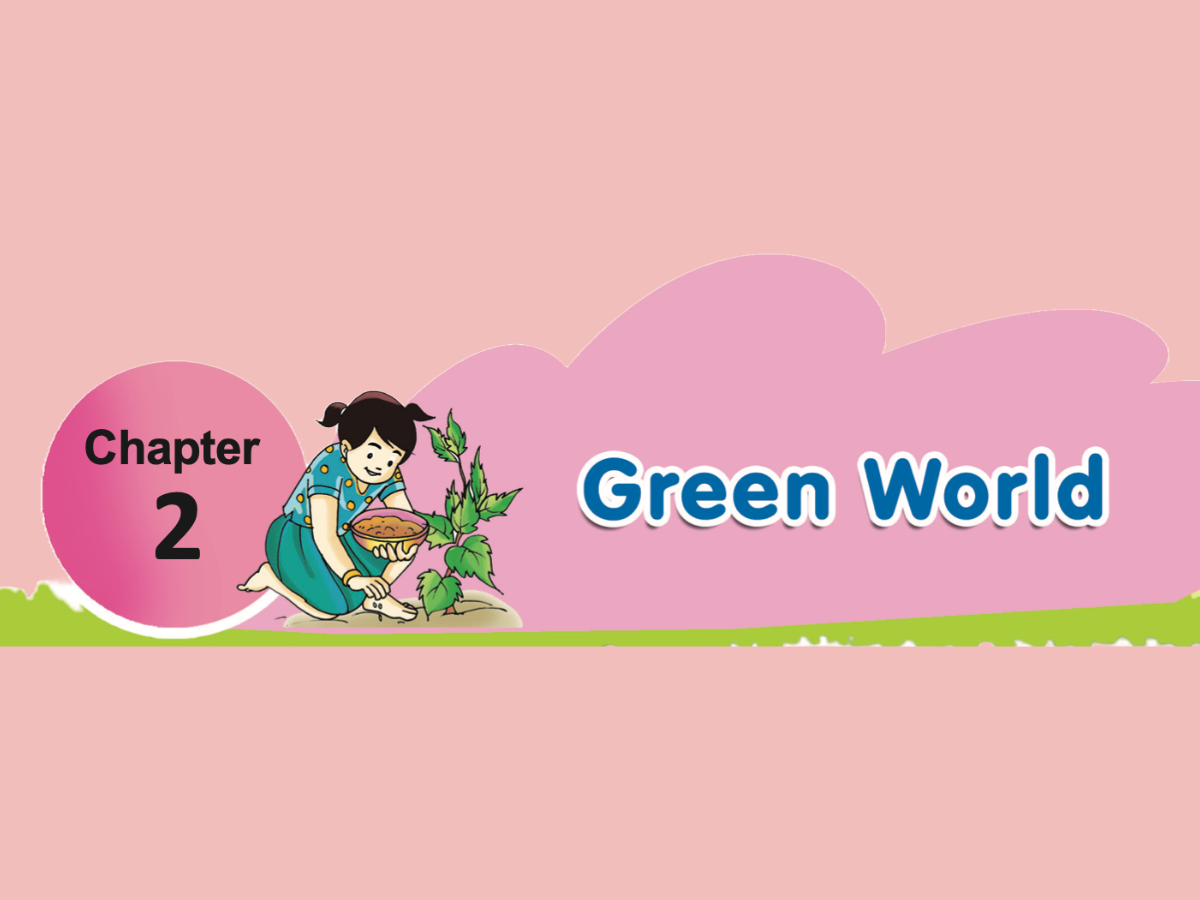Your cart is currently empty!
Tag: Environment

Earth to Space
| Class 5 | EVS Tetbook | Chapter 11
Andhra Pradesh | APSCERT
Home » Solutions » Class 5 » EVS Textbook Solutions » Chapter 11: Earth to Space
Here are the answers to the “Improve Your Learning” section from the lesson “Earth to Space” for Class 5 EVS.
I. Conceptual Understanding
1. What are the differences between latitudes and longitudes?
• Latitudes:
• These are horizontal imaginary lines on the globe.
• They run parallel to the Equator.
• They help in measuring distances north or south of the Equator.
• Longitudes:
• These are vertical imaginary lines on the globe.
• They converge at the poles and are widest at the Equator.
• They help in measuring distances east or west of the Prime Meridian.
2. What do you know about the globe?
• The globe is a miniature model of the Earth.
• It shows continents, oceans, countries, and important geographical locations.
• It helps in understanding latitudes, longitudes, and Earth’s rotation.
• The globe is useful in learning about climate zones, time zones, and different regions of the world.
3. What is the shape of the Earth?
• The Earth is round (spherical) in shape.
• Though the Earth looks flat in small areas, satellite images confirm that it is round.
• Ferdinand Magellan’s voyage around the world proved that the Earth is not flat.
• The shadow of the Earth on the Moon during a lunar eclipse is always circular, further proving its round shape.
II. Questioning and Hypothesis
4. What will happen if the Earth stops its rotation?
• There will be no day and night cycle; one side of the Earth will have continuous daylight and the other side will have continuous darkness.
• Gravity and atmospheric conditions will change, leading to severe natural disasters.
• Oceans and winds will stop moving in their normal patterns, causing climate changes and extreme weather.
• The Earth’s magnetic field may weaken, exposing us to harmful space radiation.
III. Experiments and Field Observations
5. Prepare a model of the solar system and explain it.
• Take balls of different sizes to represent the planets.
• Use a large yellow ball to represent the Sun.
• Arrange the planets in order from the Sun:
• Mercury, Venus, Earth, Mars, Jupiter, Saturn, Uranus, Neptune.
• Show the revolution of planets around the Sun using circular paths.
• Explain that planets revolve around the Sun due to gravitational force.
IV. Information Skills and Projects
6. Collect the names of artificial satellites sent by India and write about their purposes.
Satellite Name Year Purpose Aryabhata 1975 India’s first satellite for space research. INSAT Series 1983–present Used for communication and weather forecasting. IRS Series 1988–present Used for Earth observation and resource mapping. Chandrayaan-1 2008 India’s first Moon mission, discovered water on the Moon. Mangalyaan (Mars Orbiter Mission) 2013 India’s first mission to Mars, studied Mars’ surface and atmosphere. Chandrayaan-2 2019 India’s second Moon mission with an orbiter, lander (Vikram), and rover (Pragyan). V. Drawing and Model Making
7. Draw latitudes and longitudes on a ball and explain them.
• Steps:
1. Draw horizontal lines (latitudes) parallel to the Equator.
2. Draw vertical lines (longitudes) from the North Pole to the South Pole.
3. Mark the Prime Meridian (0° longitude) and the Equator (0° latitude).
4. Label important latitudes like Tropic of Cancer, Tropic of Capricorn, Arctic Circle, and Antarctic Circle.
VI. Appreciation, Values, Application to Daily Life, Biodiversity
8. Why is Earth the only habitat for human beings?
• Earth has oxygen and an atmosphere, which are essential for life.
• It has liquid water, necessary for drinking and survival.
• Earth has a moderate temperature that allows humans, animals, and plants to thrive.
• The protective ozone layer shields us from harmful radiation.
• Gravity holds everything in place and makes life possible.
• No other planet in our solar system has these perfect conditions for human survival.
These answers help students understand Earth’s features, space, satellites, and the importance of the planet in supporting life.

Chapter 3: Clothes We Wear | Class 5 | EVS | Textbook | Solutions | AP SCERT
Andhra Pradesh | APSCERT
Home » Solutions » Class 5 » EVS Textbook Solutions » Chapter 3: Clothes We Wear
Based on Chapter 3, “Clothes We Wear,” from the Class 5 EVS textbook, here are the answers to the “Improve Your Learning” section.
Improve Your Learning
I. Conceptual Understanding
1. Write a brief note on the uses of air?
- Air is essential for breathing and survival. It carries smells, produces sound, and helps in various daily activities like flying kites, drying clothes, and drinking liquids through straws. Wind power is used to generate electricity and lift water for cultivation.
2. Name the kind of clothes we wear in different seasons.
- Summer: Cotton clothes to keep cool.
- Winter: Woollen clothes to keep warm.
- Rainy Season: Raincoats and waterproof clothes to stay dry.
3.Write differences between natural and synthetic fibres.
- Natural Fibres: Obtained from plants and animals (e.g., cotton, wool, silk). They are eco-friendly and breathable.
- Synthetic Fibres: Made artificially using chemicals (e.g., polyester, nylon). They are durable and affordable.
II. Questioning and Hypothesis
4. Name the reasons why people use woollen clothes in the winter season.
Woollen clothes keep the body warm because wool traps heat and insulates against the cold. They are especially useful in cold climates.
III. Experiments and Field-Based Observations
5.Wash your dress with a detergent soap and write your experiences.
Experience: Washing clothes with detergent removes dirt and stains effectively. Dark-colored clothes should not be dried in direct sunlight to prevent fading. Proper washing and drying keep clothes clean and fresh.
IV. Information Skills and Projects
6. Collect pieces of cloth, classify them into natural fabrics and artificial fabrics, and paste them on the chart. Display the chart.
- Examples:
- Natural Fabrics: Cotton, Silk, Wool
- Artificial Fabrics: Polyester, Nylon, Rayon
V. Drawing Pictures and Model Making
7. Draw pictures of different types of dresses.
Students can draw sarees, dhotis, uniforms, and casual wear like jeans and T-shirts.
VI. Appreciation
8. Say what you like at a tailor’s shop
I like choosing the fabric for my clothes. Watching the tailor stitch the fabric into a perfect dress is fascinating. It feels exciting to see my ideas turn into reality.
The end

Chapter 2 Green World | Class 4 | EVS | APSCERT
Here are the answers for the “Improve Your Learning” section of the lesson “Green World”.
I. Conceptual Understanding
1. Write a brief note on the uses of plants.
• Plants are very useful to us. They provide us with food, oxygen, medicines, timber, and fibres. Roots like carrot and beetroot are eaten as food, while flowers like jasmine and hibiscus are used for decoration and perfumes. Fruits provide us with vitamins and minerals. Plants also help in maintaining the balance of nature.
2. Give examples of land and water plants.
• Land (Terrestrial) Plants: Neem, mango, tamarind.
• Water (Aquatic) Plants: Lotus, water lily, hydrilla.
3. Identify and write some desert plants in your surroundings.
• Cactus, barrel cactus, aloe vera.
II. Questioning and Hypothesis
4. What questions would you like to ask a gardener in your village to know about different types of plants?
• What types of plants grow well in this soil?
• How do you take care of flowering plants?
• What are the benefits of different plants?
• How do you grow seedless fruits?
III. Experiments and Field Observations
5. Go to a nearby garden or nursery. Identify and write the names of as many flowers and plants as you can.
• Flowers: Rose, hibiscus, jasmine, marigold.
• Plants: Tulsi, mint, neem, mango.
IV. Information Skills and Projects
6. Make a chart on the types of plants based on stems and hang it in your classroom.
(This activity involves creating a visual chart showing types of stems like herbaceous, woody, or climbers with examples. Example: Banana – soft stem, Banyan – woody stem.)
V. Drawing and Model Making
7. Make some flowers using colour papers and decorate your classroom.

Model Rose flower image (This involves crafting flowers like roses or lilies with coloured papers and arranging them in the classroom.)
VI. Appreciation
8. Grow a flowering plant at your home. Record the progress of its growth and discuss with your friends.
Observation Record for Marigold Plant
Day 1:
• Planted marigold seeds in a pot filled with nutrient-rich soil.
• Watered lightly to moisten the soil.
• Kept the pot in a sunny location.
Day 3:
• Observed that the soil remained moist, watered again slightly.
• No visible sprouting yet.
Day 5:
• Tiny green shoots started emerging from the soil.
• Continued to water lightly every day to keep the soil damp but not soggy.
Day 7:
• Shoots became taller, and tiny leaves began forming.
• Adjusted the pot to ensure it gets adequate sunlight.
Day 10:
• Leaves started growing bigger.
• Watered moderately every alternate day to avoid overwatering.
Day 15:
• Plant grew up to 6–7 cm tall.
• Stems looked stronger, and more leaves formed.
Day 20:
• Buds started appearing on the plant.
• Continued regular care with watering and checking the soil for dryness.
Day 25:
• Buds started opening into small marigold flowers.
• Flowers were bright orange and yellow.
• Observed bees and butterflies visiting the plant.
Day 30:
• The plant was healthy with several blooms.
• Watered the plant every three days and ensured it got at least 6 hours of sunlight daily.
Summary of Care Tips:
1. Water regularly but avoid overwatering.
2. Ensure the plant receives plenty of sunlight.
3. Check for pests and remove any weeds around the plant.
4. Fertilize lightly every two weeks for better growth and flowering
Bit Bank for Agriculture and Food
1. Multiple Choice Questions (MCQs):
- What is the first step in the process of agriculture?
- a) Harvesting
- b) Sowing seeds
- c) Ploughing
- d) Irrigation
Answer: c) Ploughing
- Which tool is used traditionally for ploughing?
- a) Tractor
- b) Plough
- c) Sickle
- d) Harvester
Answer: b) Plough
- What is the main source of irrigation in dry areas?
- a) Rainfall
- b) Wells
- c) Canals
- d) Drip irrigation
Answer: d) Drip irrigation
- Organic farming avoids the use of:
- a) Compost
- b) Chemical fertilizers
- c) Cow dung
- d) Water
Answer: b) Chemical fertilizers
- Which part of the plant is used to produce seeds?
- a) Roots
- b) Stem
- c) Flower
- d) Leaves
Answer: c) Flower
2. Fill in the Blanks:
- The process of loosening the soil is called _______.
Answer: Ploughing - A _______ is used to cut crops after they are harvested.
Answer: Sickle - _______ farming uses natural fertilizers and avoids chemical pesticides.
Answer: Organic - _______ is a technique where water is provided to plants drop by drop.
Answer: Drip irrigation - Farmers protect crops from pests by using _______.
Answer: Pesticides
3. True or False:
- Crop rotation helps in maintaining soil fertility.
Answer: True - Seeds need light to germinate.
Answer: False - Harvesting is the process of sowing seeds.
Answer: False - Rain is the only source of water for irrigation.
Answer: False - Ploughing is done after sowing the seeds.
Answer: False
4. Match the Following:
- Organic farming – a) Uses natural fertilizers
- Drip irrigation – b) Saves water
- Harvesting – c) Cutting crops
- Compost – d) Natural manure
- Pesticides – e) Protects plants from insects
Answers:
1-a, 2-b, 3-c, 4-d, 5-e5. Short Answer Questions:
- What is the importance of agriculture?
- Explain the process of irrigation and why it is needed.
- What are the benefits of organic farming?
- Name two traditional farming tools and their uses.
- Describe the process of harvesting.
6. Long Answer Questions:
- Describe the different steps involved in agriculture, from ploughing to harvesting.
- Explain the significance of using organic farming practices.
- Discuss various methods of irrigation and their importance in agriculture.
- What is crop protection, and why is it essential for farmers?
- How does crop rotation help in maintaining soil health?
- What is the first step in the process of agriculture?
